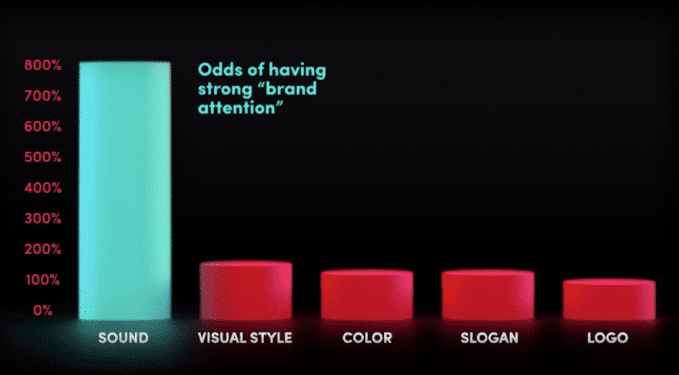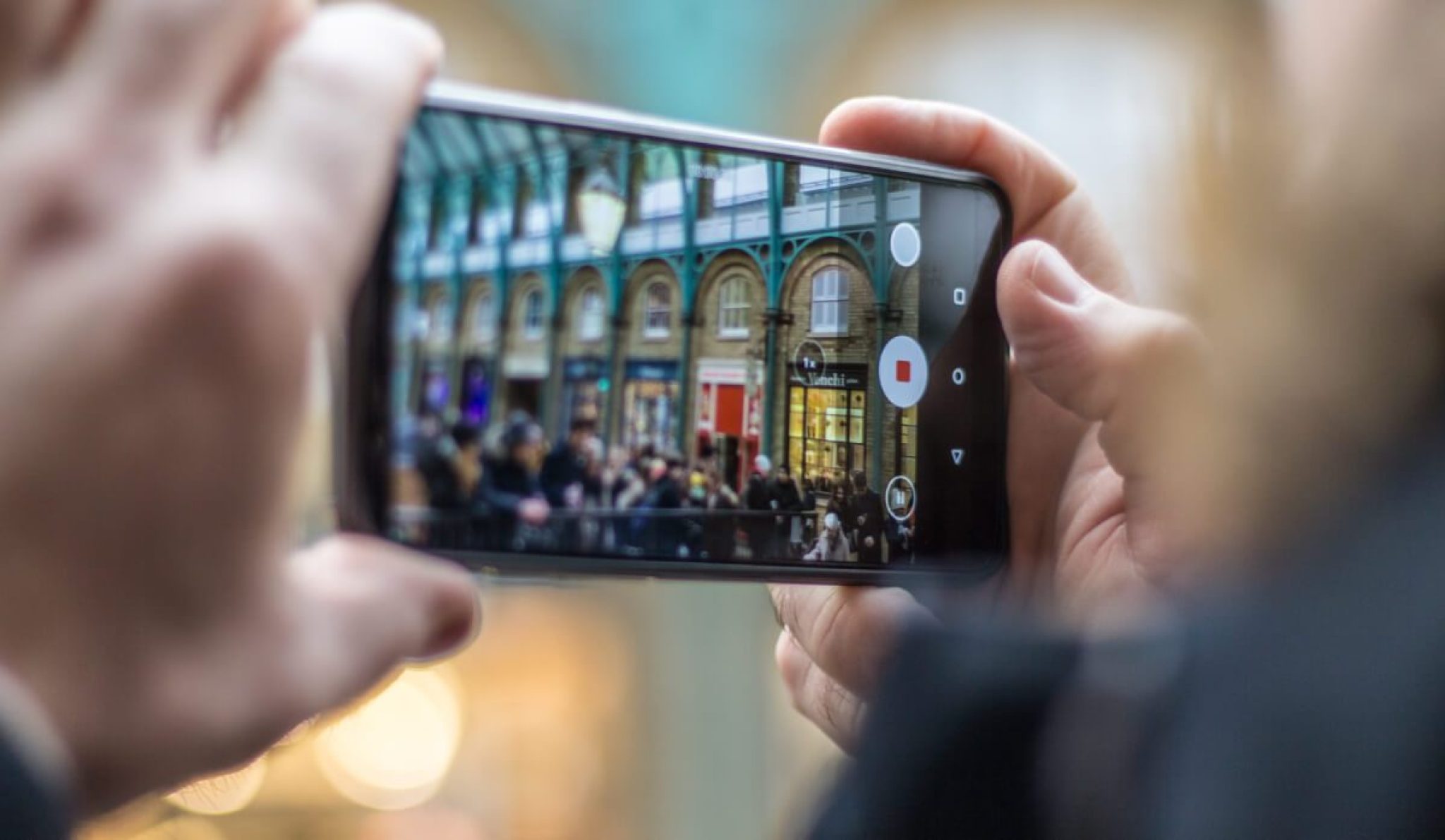When it comes to videos, do you watch them with the sound on or off?
In a study conducted by Verizon Media and Publicis Media, 69% of consumers said they watch videos with the sound off in public places and 50% of consumers say captions are important precisely because they watch videos with the sound off.
This shows that video audio is becoming secondary, even optional, when enjoying video content. Most people don’t go through the trouble of turning on the audio when watching videos during social media breaks or downtime, so it’s important to optimise your videos to be watchable even if the sound is off. This will make your content more accessible to a wider audience, particularly deaf and hard-of-hearing viewers.
It’s crucial to create engaging social media content, especially in video form since most people look for this type of content on different platforms. Your content may also vary depending on the kind of video you upload–whether it’s an Instagram Reel, a Facebook Story or a LinkedIn video. Regardless of which social media platform you use, your videos need to be engaging and understandable even when the audio is off. To know more about video strategy, check out copywriting services.
5 ways to create engaging silent videos on social media
Here are five qualities you should incorporate into your videos to ensure that they’re entertaining and informative even if your audience opts to watch them silently.
1. Include closed captions
Closed captions provide a time-to-text track as a supplement or replacement for audio, it predominantly includes dialogue but it can also include non-speech elements that will help your viewers understand the plot or context of the video, such as speaker IDs and sound effects.
Subtitles are a different type of captioning and they translate the audio to the viewer’s spoken language and may not necessarily include non-speech elements.
Both closed captions and subtitles make an effort to make videos more accessible to a wider audience.
There are different tools you can use for DIY captioning. You can:
- Create captions with YouTube – YouTube offers a free automatic closed captioning and editing tool to minimise inconsistencies with automatic closed captions. YouTube can also time code your transcript as closed captions for free.
- Create captions from an existing transcript – You can synchronise your transcript with your video and use a program to create timecodes. Make sure that your captions are in the correct format for the video player you use.
- Transcribe your audio into text manually or with an automatic speech recognition software (ASR) – Transcribing audio into text manually can lead to a lot of errors so it’s best to use an ASR to make the process more efficient and accurate.
YouTube and Facebook have tools you can use to add captions, but social media platforms like Instagram and LinkedIn will require open captions, which are captions encoded or burned into the video and cannot be taken off.
2. Stamp your brand personality into your social media videos
A brand personality is a set of traits or characteristics attributed to your brand name, which will allow you to create an emotional connection with your audience.
People are tired of dealing with faceless corporations, they want to engage with brands that they can relate with. Humanising and showcasing specific traits in your brand will increase the likelihood of attracting your target audience because they’re more likely to share the same values and characteristics that you uphold.
Having a brand personality will make your content unique and distinct, especially if you’re consistent with the style and type of content you use.
A strong brand personality can translate to your social media videos, ensuring your target audience will be able to pinpoint your content from the first few seconds, even without audio. Having a brand personality also guarantees that you can adapt to different social media platforms, allowing you to identify what kind of content to upload for each channel you’re actively using.
3. Use sound intentionally
While it’s best to optimise your videos to be watchable without sound, you still need to incorporate sound effects strategically into your content in case your audience decides to watch your video with audio.
For example, TikTok’s research shows that brand linkage and recall increases by over eight times when distinctive brand sounds are used in ads compared to other elements like slogans, as shown in the graph below.

Data from Social Media Today
Unlike other social media platforms that recommend a sound-off environment, TikTok showcases audio as an equally important element as video when it comes to content. Even if your business doesn’t use TikTok in your content strategy, there’s a lot that can be learned from how the social media platform uses audio and sound effects to make video content impactful and memorable.
We can apply the questions TikTok uses in choosing audio:
- What are the sounds of your brand?
- Is your brand leveraging sound strategically?
- How can your brand leverage sound on different social media platforms?
Learning the answers to these questions allows you to pinpoint what kind of audio best suits your videos and how you can improve the way audio is used in your content. When your audience decides to switch the sound on, the audio shouldn’t be disruptive, but instead, enhance their experience of watching a video.
4. Tell a compelling story with visuals
Visual storytelling allows you to create a narrative through different mediums, be it images or videos, to evoke emotions and encourage your audiences to act.
Visual storytelling has five key components:
- Tension – This will pique your audience’s interest and keep them engaged in watching the video.
- Entertainment – This will hook your audience in during the first few seconds.
- Education – This ensures that your audience gets value out of your video. They should leave learning something new about a specific topic.
- Small interactions – Make sure that even the small details or aspects of your video come together cohesively. You can include the movement of objects to enhance the watching experience.
- Call to action – Your video should have a clear message and the conclusion of your video should motivate your audience to act or make a choice. Identify what you want your audience to remember from the video after they’ve watched it, and from there you can work your way back to the beginning.
An engaging video will have all five components, regardless of the story or topic you’re sharing.
5. Invest in production quality
It’s important to invest in the production of your video creation so that you can implement the best practices for creating social media videos.
There are three best practices you can implement when creating videos:
- Consistent branding – Using a brand guideline for fonts, colours and formatting will ensure that you consistently produce the same quality of visual content. This will help your videos become more recognisable and credible, which will build trust and loyalty amongst your audience.
- Simplified content – Going off into tangents or embellishing your content can overcomplicate a video and can confuse or even alienate your audience. Keep your content straightforward and concise so that it’s easy to follow.
- Audience engagement – Even if the audio is switched off, you can engage with your audience in the comments section of the social media post. You can start discussions with your viewers and encourage them to subscribe to your video posts.
Investing in video equipment will also ensure that your videos turn out polished and high-quality. Remember that your audiences can quickly scroll past your post if it isn’t engaging, so the first few seconds need to be impactful.
Optimising your videos to be engaging and understandable even when the audio is turned off can increase your audience base. It also ensures that the audio you do leverage is used strategically, enhancing the experience of watching your videos, increasing your brand visibility and maximising your chances of customer conversion.

